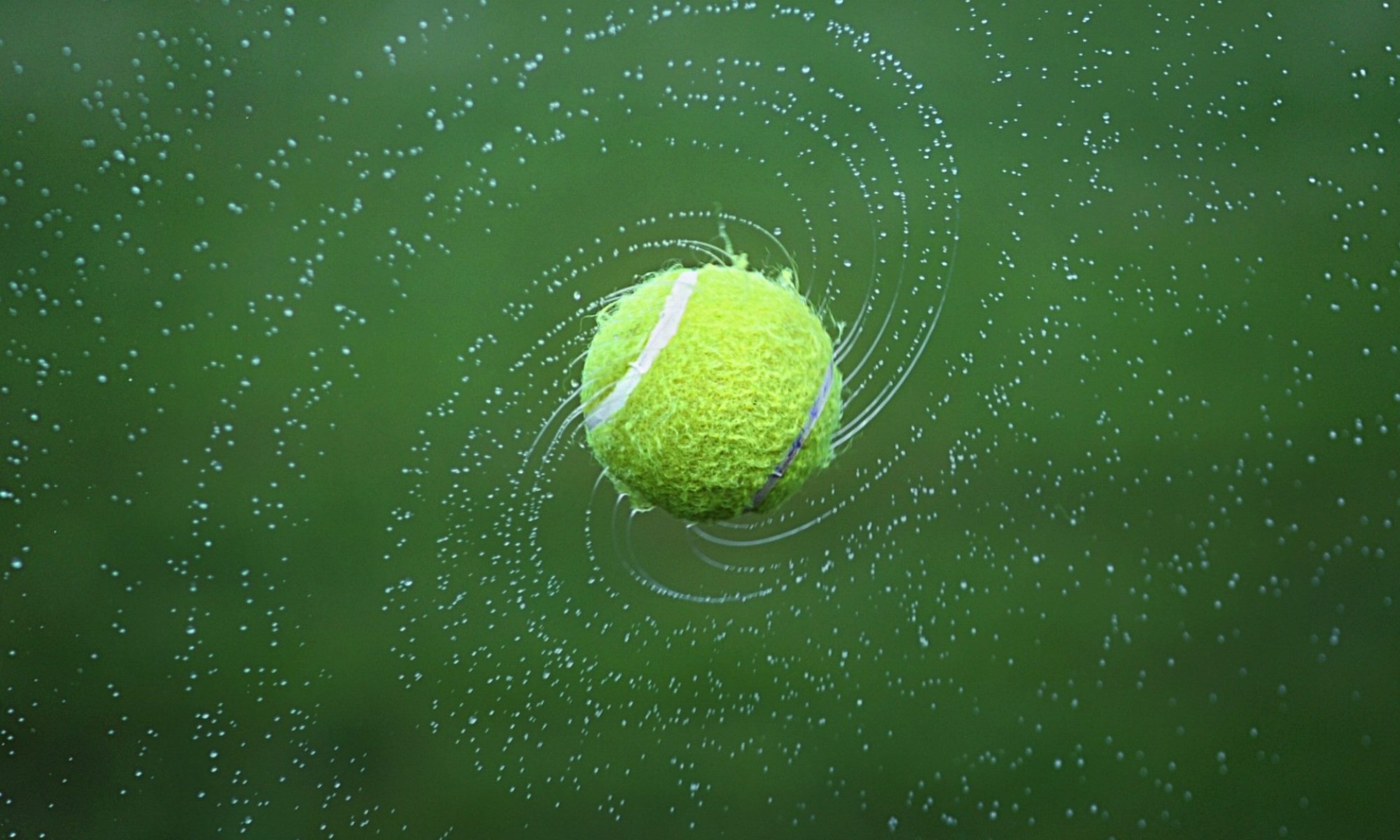The last few weeks we discussed the backhand slice and the backhand drive. Now assuming you have practiced them both until they are reliable strokes, we can look at when to use each one.
When to use a Slice Backhand
In general, use the slice backhand if the ball is out of the “strike zone”, that is, if the ball is higher than your chest or lower than your knee. Examples:
- high balls..ie kick serves to your backhand
- when approaching the net (remember the Slice Approach?)
- when returning a ball that is short and/or low (this helps you get the ball up over the net)
When to use a Drive/Topspin Backhand
It is best to hit the backhand drive when the ball is in the strike zone (between your knee and your chest). Examples of situations to use the drive:
- as a rally shot to keep your opponent deep
- as a passing shot (topspin helps make the ball dip after crossing the net, making your opponent volley up)
- to keep the ball deep in the court during a ground stroke rally (once again, the topspin helps bring the ball down making offense difficult for your opponent)
- to hit an offensive topspin lob (this one takes lots of practice)
Remember the key is to practice so that these shots are reliable. A shot is only a weapon if you can hit it consistently.
